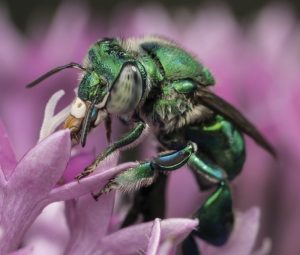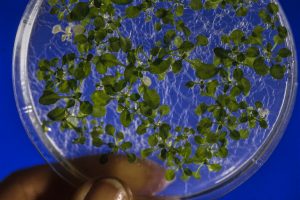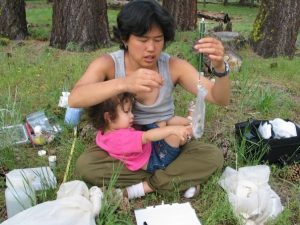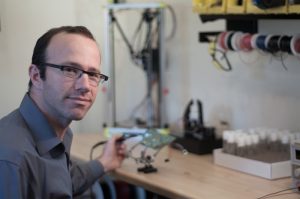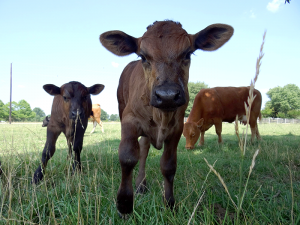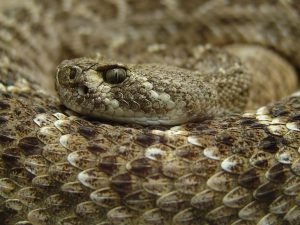Enter your address to receive notifications about new posts to your email.
Featured
-
Featured
Behind the cover: orchid bee genome
A green, iridescent bee perches on a pink flower, extending its proboscis to reach the sweet nectar inside. He’s not just after a meal—he’s also collecting fragrant substances to store inside his hollow rear legs. Later, he’ll buzz his wings to release the aroma with the hope of attracting a mate. The cover of the…
-
Featured
Mary Ellen Wiltrout on switching from lab work to creating innovative science education programs
Interview with Mary Ellen Wiltrout, MITx Biology Digital Learning Scientist and Curriculum Development Specialist, highlights the importance of sharing career interests, maintaining connections, and acquiring specific skillsets for a successful career in science education. In the Decoding Life series, we talk to geneticists with diverse career paths, tracing the many directions possible after research training. This series…
-
Featured
A gene linked to human obesity also controls fat deposition in plants
There’s no such thing as an obese plant. But that doesn’t mean plants can’t teach us something about fat. In the September issue of GENETICS, Ducos et al. show that a protein that controls fat accumulation in humans has a similar function in Arabidopsis. They also find that the human and plant proteins may be…
-
Featured
Cause of neurological disorder in Belgian Shepherds discovered
Malinois dogs are working animals known for being used by the Secret Service to guard the White House. These dogs, a subtype of the Belgian Shepherd breed, are robust, with an average life expectancy of 10-12 years. But some puppies are afflicted by a genetic condition called spongy degeneration with cerebellar ataxia (SDCA). A puppy…
-
Featured
Mollie Manier on academia, choosing mentors, and becoming a parent
Interview with Mollie Manier, PhD, Assistant Professor of Biology at George Washington University, on mentoring and how becoming a parent during graduate school influenced her career. In the Decoding Life series, we talk to geneticists with diverse career paths, tracing the many directions possible after research training. This series is brought to you by the…
-
Featured
Revisiting Waddington: A new explanation for an old experiment
In the 1940s, C. H. Waddington discovered a peculiar phenomenon in fruit flies: traits could appear in response to environmental stress in an individual’s lifetime and then be passed down to future generations. Waddington proposed that this wasn’t the inheritance of acquired traits, but actually due to pre-existing genetic variation that had no effect until…
-
Featured
Dave Zucker on career changes and the ups and downs of founding a startup
Dave Zucker, founder of startup FlySorter, talks about treating new positions as training, and how he builds his own community of colleagues from different fields. In the Decoding Life series, we talk to geneticists with diverse career paths, tracing the many directions possible after research training. This series is brought to you by the GSA…
-
Featured
The GSA’s Early Career Leadership Program: Interview with Sonia Hall
As part of the Genetics Society of America’s renewed focus on early career members, Director of Engagement and Development Sonia Hall has created an innovative Early Career Scientist Leadership Program for graduate student and postdoc GSA members. Now that the Program is in full swing, Sonia talks about how it’s going and what has surprised…
-
Featured
Tom McFadden on middle school outreach and going viral as a science rapper
Tom McFadden, science rapper and middle school science teacher, talks about the challenge of generating YouTube content that stimulates participation, and how scientists can improve their outreach ideas. In the Decoding Life series, we talk to geneticists with diverse career paths, tracing the many directions possible after research training. This series is brought to you…
-
Featured
To make an embryo, you gotta break some mitochondrial DNA
Over twenty years ago, somatic cell nuclear transfer (SCNT) let scientists successfully clone the first mammal—Dolly the sheep. Despite advances since then, the efficiency of this process remains low. In the July issue of G3, Srirattana and St. John report a method to deplete cattle donor cells of mitochondrial DNA and efficiently generate blastocysts from…
-
Featured
Venom holds clues to triggers of gene family expansion
They rattle as warning, but during the hunt their strike is silent and sudden. Any rabbit or mouse targeted by a rattlesnake is doomed—the snake’s bite carries a paralyzing venom. The toxins in this venom are proteins encoded by a large gene family that arose by gene duplication. In the July issue of GENETICS, Margres…

